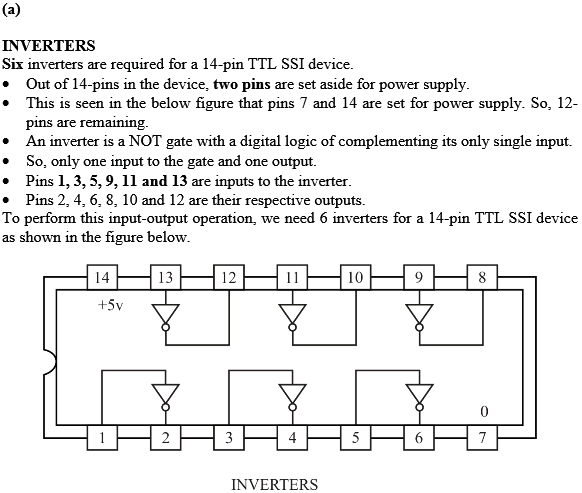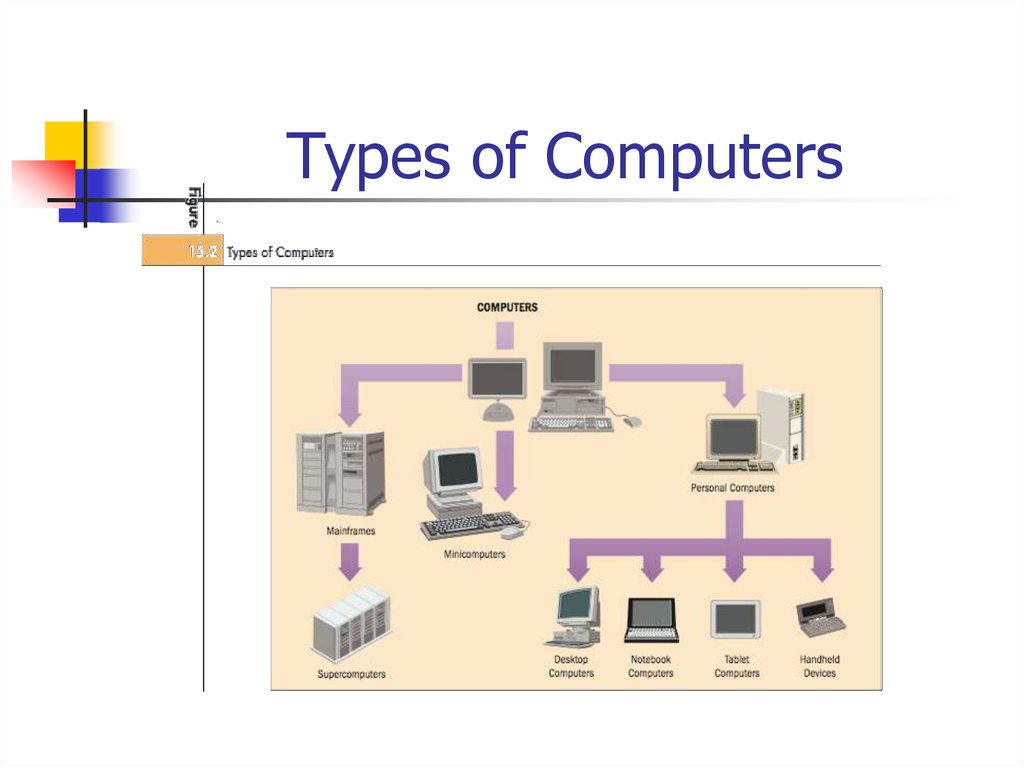
Size of on-die caches - larger L1, L2, and 元 caches speed up memory access, which leads to faster performance. This speed is dependent on the specific workload, so you really need to know what the typical workload of the CPU is, before this metric can be applied. Typically, these days we measure this in "cores", though this isn't technically correct. Number of available calculation units - generally speaking, those CPUs with more execution units can perform more work per unit time than those with fewer execution units. Clock Rate of the CPU - that is, how many internal operations-per-second (nowadays measured in Gigahertz) does the CPU perform. This can vary widely by CPU, and it primarily dependent on six things: 1. Assess CPU dependency and performance with regards to associated systems and subsystems. A central processing unit (CPU) is the electronic circuitry within a computer that carries out the instructions of a computer program by performing the basic arithmetic, logical, control and input/output (I/O) operations specified by the instructions. The CPU is responsible for executing a sequence of stored instructions called a program. The CPU is also known as the processor or microprocessor. The CPU (Central Processing Unit) is the part of a computer system that is commonly referred to as the "brains" of a computer. P2 The purpose and operation of the CPU. Electrically erasable programmable read-only memory (EEPROM). Erasable programmable read-only memory (EPROM). Memory types: Two main types of memory exist: RAM and ROM Random access memory (RAM) Static RAM (SRAM) Dynamic RAM (DRAM) Read-only memory (ROM) Programmable read-only memory (PROM). For example, a memory with 64 kilobytes and a word size of 1 byte has an address space that ranges from 0 to 65,535. The total number of uniquely identifiable locations in memory is called the address space. Although programmers use a name to identify a word (or a collection of words), at the hardware level each word is identified by an address. Address space To access a word in memory requires an identifier. The term “byte” is so common in computer science that sometimes a 16-bit word is referred to as a 2-byte word, or a 32-bit word is referred to as a 4-byte word.

If the word is 8 bits, it is referred to as a byte.
#Computer system architecture 64 bits
A word can be a group of 8 bits, 16 bits, 32 bits or 64 bits (and growing). Data is transferred to and from memory in groups of bits called words. It consists of a collection of storage locations, each with a unique identifier, called an address. MAIN MEMORY Main memory is the second major subsystem in a computer (Figure 1.2).
#Computer system architecture software
Software is a collection of programs which utilize and enhance the capability of the hardware.

Software mainly consists of these computer programs, procedures and other documentation used in the operation of a computer system.

The computer thus functions according to the instructions written in the program. The computer program is the one which controls the processing activities of the computer. It has to be given explicit instructions to perform the specific task. The Software: The computer hardware itself is not capable of doing anything on its own. The various types of hardware used in the computers, has evolved from vacuum tubes of the first generation to Ultra Large Scale Integrated Circuits of the present generation. All these various hardware are linked together to form an effective functional unit. It is made up of the physical parts or devices of the computer system like the electronic Integrated Circuits (ICs), magnetic storage media and other mechanical devices like input devices, output devices etc.


 0 kommentar(er)
0 kommentar(er)
